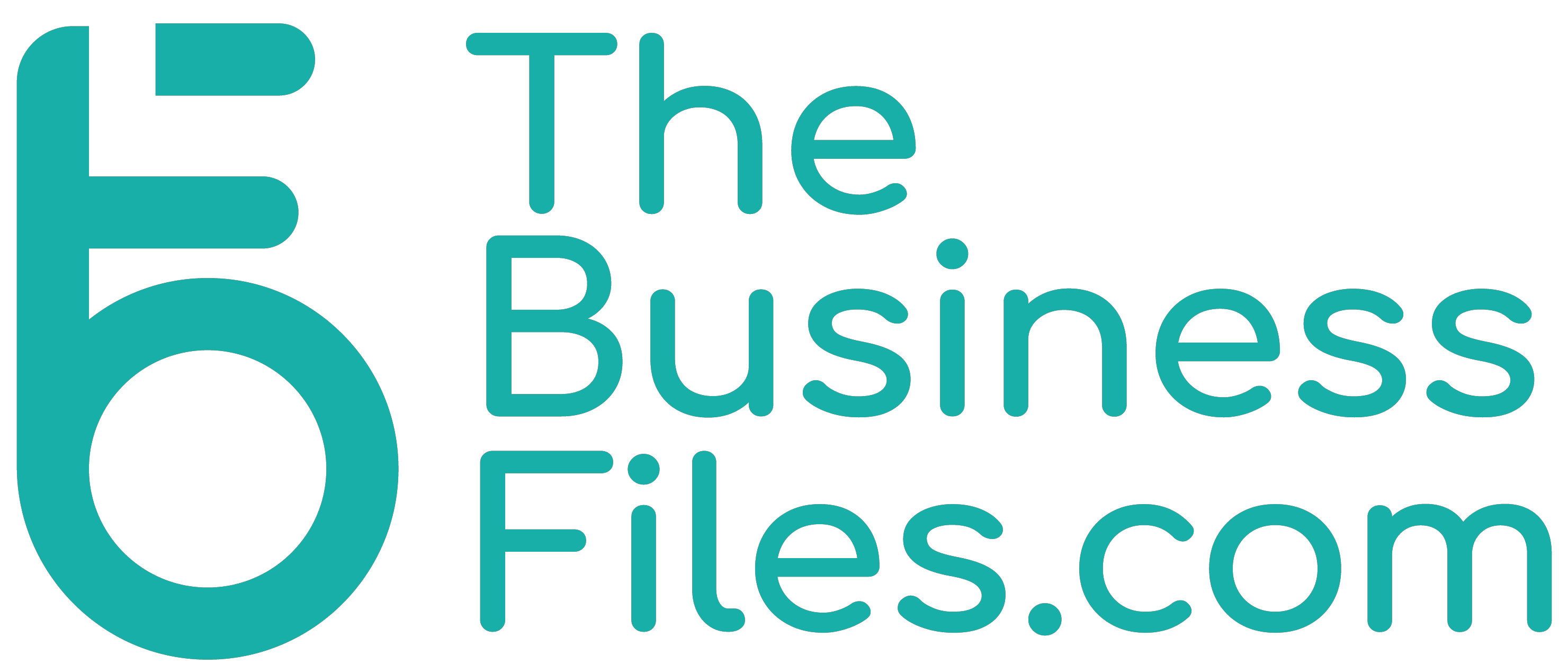Founded in 1993 by brothers Tom and David Gardner, The Motley Fool helps millions of people attain financial freedom through our website, podcasts, books, newspaper column, radio show, and premium investing services.
Founded in 1993 by brothers Tom and David Gardner, The Motley Fool helps millions of people attain financial freedom through our website, podcasts, books, newspaper column, radio show, and premium investing services.
You’re reading a free article with opinions that may differ from The Motley Fool’s Premium Investing Services. Become a Motley Fool member today to get instant access to our top analyst recommendations, in-depth research, investing resources, and more. Learn More
Block‘s (SQ 1.94%) stock rose 25% during one week in November on the back of two pieces of great news. First, Block surpassed analysts’ estimates for gross payment volume and adjusted earnings per share in its third-quarter 2022 report released on Nov. 3.
Second, the Bureau of Labor Statistics released October data on Nov. 10, leading experts to believe inflation had peaked. If that’s true, it would be welcome news for investors because it theoretically means the date that the Federal Reserve begins lowering interest rates draws nearer. And lowering interest rates would significantly boost Block’s results.
However, before you jump on the Block bandwagon and start buying, there are two risks that you should consider.
Block Chief Executive Officer Jack Dorsey has long been fascinated with Bitcoin and believes the cryptocurrency is the best candidate to function as the currency of the internet. In line with that belief, the company runs two Bitcoin ecosystems: Spiral, which builds and funds free, open-source projects to improve Bitcoin; and TBD, tasked with creating a new decentralized version of the web using Bitcoin.
Many investors have been less than thrilled with Block’s Bitcoin initiatives. First, the Bitcoin market is relatively new, and only some investors understand what Spiral and TBD are doing. Second, many view Bitcoin as extraordinarily risky to base a business on, and they may be correct, as Bitcoin markets are volatile and unpredictable.
For instance, Block made two direct investments in Bitcoin for a total of $220 million, one in the fourth quarter of 2020 and the other in the first quarter of 2021, the eve of a crypto winter — abysmal timing. A crypto winter is a long period of depressed cryptocurrency prices; this current downturn started in the middle of 2022, and year to date, Bitcoin has fallen about 65%. Also, no one knows how long the bear market in Bitcoin will last.
Bitcoin Price data by YCharts
By the end of the third quarter of 2022, the fair value of Block’s original Bitcoin investment declined to $156 million — $64 million in unrealized losses.
Bitcoin is still an experimental currency subject to many risks, such as future regulation, macroeconomic factors, and the possibility of fraud and cybercrime. These numerous risks could precipitate a future downturn, from which Bitcoin prices might never recover — a considerable worry for Block investors.
One reason investors fail to reward this company with a higher valuation is low profitability, not to mention a string of net losses. For example, Block produced a third-quarter 2022 EBITDA (earnings before interest, taxes, depreciation, and amortization) margin of 1.30%. This figure is terrible, considering that competitor PayPal (PYPL -0.88%) generated an EBITDA margin of 29.14% in the same quarter. Consequently, despite Block’s faster revenue growth, PayPal’s price-to-sales (P/S) ratio of 3.20 is higher than Block’s P/S ratio of 2.02.
SQ EBITDA Margin (Quarterly) data by YCharts
Block’s two primary businesses are Square, a mobile payments platform that offers merchants a suite of business software and hardware systems to fulfill sales transactions, and Cash App, a mobile wallet and payment service. Both businesses have produced tremendous revenue growth but little profitability.
Yet that doesn’t mean Block doesn’t have strategies to get there. For example, Square’s original business of selling to micro-merchants failed to produce the volume of business necessary to achieve profitability. So Square’s plan today is to move upmarket and sell its products and services to larger companies. And on the Cash App side, the company increased its customer acquisition spending, aiming to increase long-term growth and profitability.
Suppose you are bullish on Block; you are confident it can cut spending without losing market share. In addition, it has grown large enough to create a network effect among Square sellers and Cash App users, guarding future profitability margins. Therefore, it should generate increasing profitability over the long term.
However, the issue bearish investors have with the company is that its profitability initiatives are costly. Despite many years of investing, Block has little to show for it. For instance, the company recorded a third-quarter 2022 EBITDA of $59 million, barely budging from a third-quarter 2019 EBITDA of $56.7 million.
Worse, management cannot maintain the company’s high spending in this terrible economy. Block plans to reduce spending in 2023, significantly slowing hiring and spending less on sales and marketing. Bears believe Block still faces stiff competition in its Square and Cash App ecosystems. And should the company cut spending, Block would lose market share. Suppose that is true; the company could fail to achieve enough growth or profitability for investors to award the stock a premium valuation.
People who invest in Block take those risks.
Rob Starks Jr has positions in Block. The Motley Fool has positions in and recommends Bitcoin, Block, and PayPal. The Motley Fool has a disclosure policy.
*Average returns of all recommendations since inception. Cost basis and return based on previous market day close.
Invest better with The Motley Fool. Get stock recommendations, portfolio guidance, and more from The Motley Fool’s premium services.
Making the world smarter, happier, and richer.
Market data powered by Xignite.

